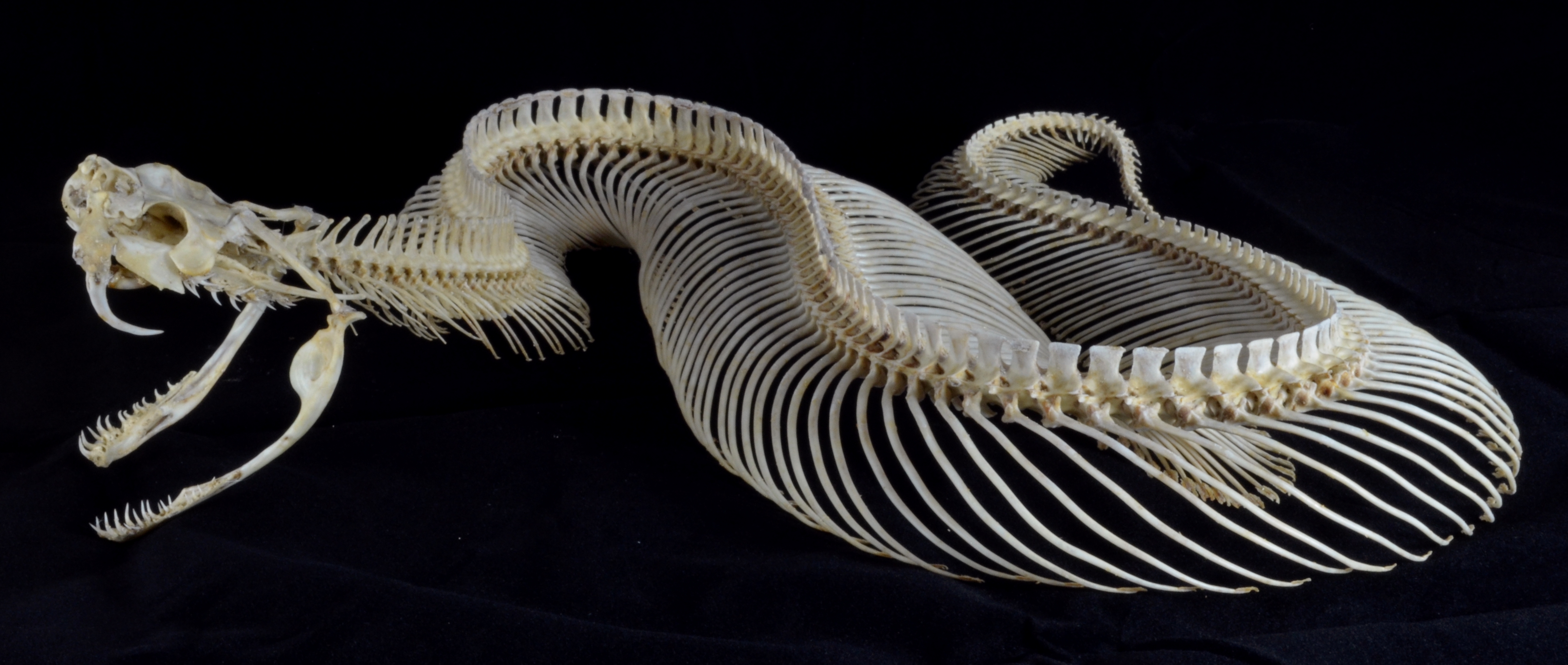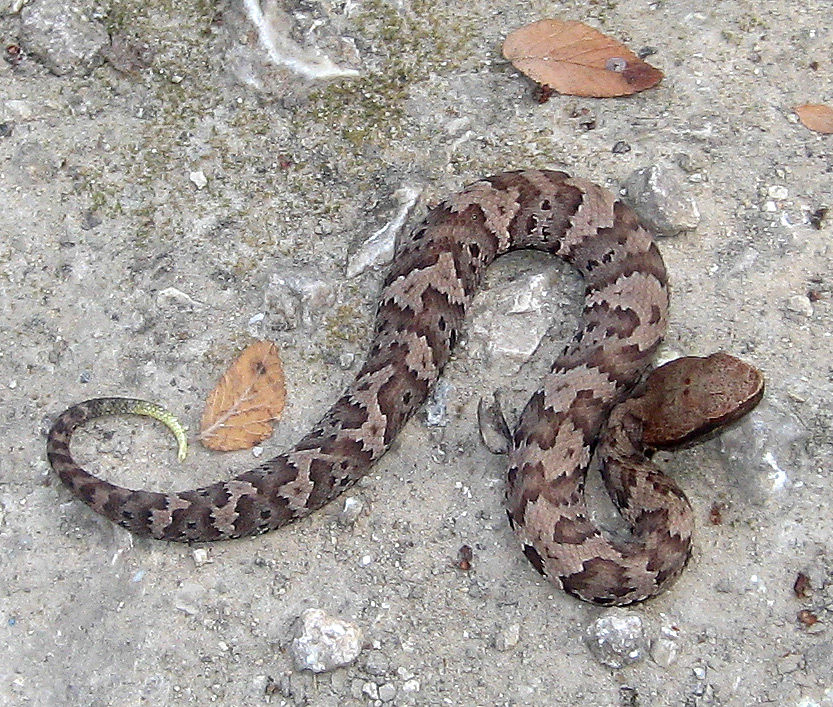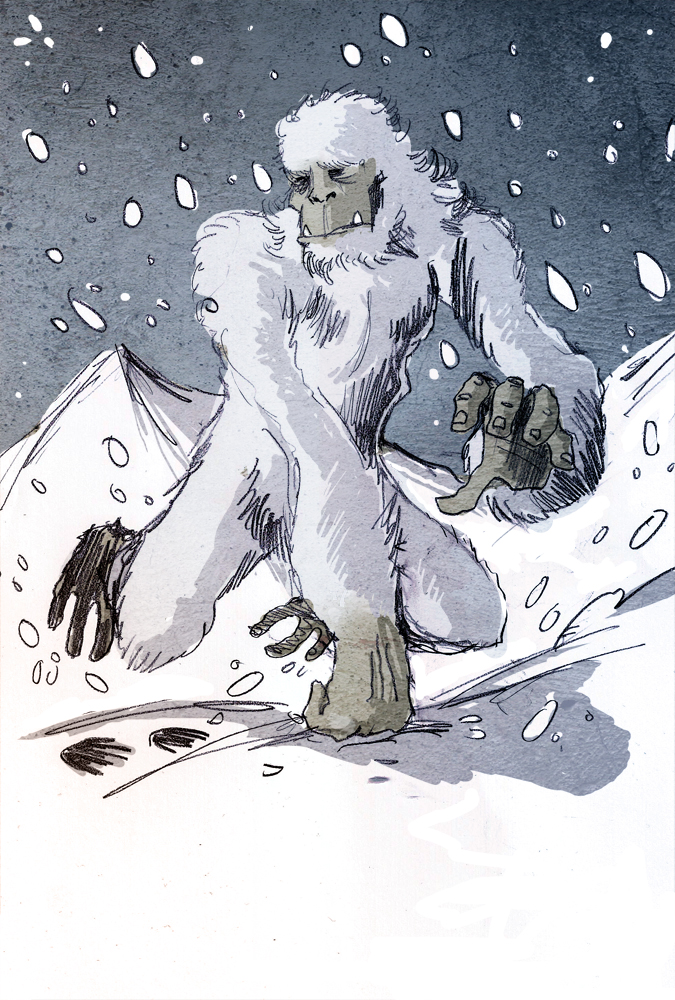|
Marlin Perkins
Richard Marlin Perkins (March 28, 1905 – June 14, 1986) was an American zoologist. He was best known as a host of the television program ''Mutual of Omaha's Wild Kingdom'' from 1963 to 1985. Life and career Perkins was born on March 28, 1905, in Carthage, Missouri, the youngest of three sons of Joseph Dudley Perkins and Mynta Mae (née Miller) Perkins. When he was seven years old, his mother nursed him through a serious bout of pneumonia and died of the illness herself. His grieving father sent Marlin's two older brothers to private school, and Marlin was sent to his Aunt Laura's farm in Pittsburg, Kansas. He attended public school there through eighth grade. In the fall of 1919, he entered Wentworth Military Academy. There, Perkins demonstrated his fascination with snakes by keeping blue racers in his room. One afternoon, while exercising them on a lawn at the back of the barracks, he was spotted by a faculty officer and got in trouble for handling them. Perkins briefl ... [...More Info...] [...Related Items...] OR: [Wikipedia] [Google] [Baidu] |
Carthage, Missouri
Carthage is a city in Jasper County, Missouri, United States. The population was 15,522 as of the 2020 census. It is the county seat of Jasper County and is nicknamed "America's Maple Leaf City." History Jasper County was formed in 1841. Carthage was chosen as the county seat, the area cleared and the town platted in 1842. The city was named after ancient Carthage. By the time of the American Civil War, there were over 500 residents, a brick and stone courthouse, and several businesses. The area was divided over slavery, and almost all of the African-Americans in the county at the time were slaves. The Battle of Carthage, fought on July 5, 1861, was a clash between Union troops from St. Louis and Confederate troops led by the pro-Southern Missouri Governor Claiborne Fox Jackson. The "Second Battle of Carthage" occurred in October 1863 when Union troops confronted Confederate troops north of town and forced them to return to Arkansas. The town experienced minor skirmishes ... [...More Info...] [...Related Items...] OR: [Wikipedia] [Google] [Baidu] |
New York (state)
New York, officially the State of New York, is a state in the Northeastern United States. It is often called New York State to distinguish it from its largest city, New York City. With a total area of , New York is the 27th-largest U.S. state by area. With 20.2 million people, it is the fourth-most-populous state in the United States as of 2021, with approximately 44% living in New York City, including 25% of the state's population within Brooklyn and Queens, and another 15% on the remainder of Long Island, the most populous island in the United States. The state is bordered by New Jersey and Pennsylvania to the south, and Connecticut, Massachusetts, and Vermont to the east; it has a maritime border with Rhode Island, east of Long Island, as well as an international border with the Canadian provinces of Quebec to the north and Ontario to the northwest. New York City (NYC) is the most populous city in the United States, and around two-thirds of the state's popul ... [...More Info...] [...Related Items...] OR: [Wikipedia] [Google] [Baidu] |
Conservation Movement
The conservation movement, also known as nature conservation, is a political, environmental, and social movement that seeks to manage and protect natural resources, including animal, fungus, and plant species as well as their habitat for the future. Conservationists are concerned with leaving the environment in a better state than the condition they found it in. Evidence-based conservation seeks to use high quality scientific evidence to make conservation efforts more effective. The early conservation movement evolved out of necessity to maintain natural resources such as fisheries, wildlife management, water, soil, as well as conservation and sustainable forestry. The contemporary conservation movement has broadened from the early movement's emphasis on use of sustainable yield of natural resources and preservation of wilderness areas to include preservation of biodiversity. Some say the conservation movement is part of the broader and more far-reaching environmental movem ... [...More Info...] [...Related Items...] OR: [Wikipedia] [Google] [Baidu] |
Endangered Species
An endangered species is a species that is very likely to become extinct in the near future, either worldwide or in a particular political jurisdiction. Endangered species may be at risk due to factors such as habitat loss, poaching and invasive species. The International Union for Conservation of Nature (IUCN) Red List lists the global conservation status of many species, and various other agencies assess the status of species within particular areas. Many nations have laws that protect conservation-reliant species which, for example, forbid hunting, restrict land development, or create protected areas. Some endangered species are the target of extensive conservation efforts such as captive breeding and habitat restoration. Human activity is a significant cause in causing some species to become endangered. Conservation status The conservation status of a species indicates the likelihood that it will become extinct. Multiple factors are considered when assessing the ... [...More Info...] [...Related Items...] OR: [Wikipedia] [Google] [Baidu] |
Snopes
''Snopes'' , formerly known as the ''Urban Legends Reference Pages'', is a Fact checking, fact-checking website. It has been described as a "well-regarded reference for sorting out myths and rumors" on the Internet. The site has also been seen as a source for both validating and Debunker, debunking urban legends and similar stories in Culture of the United States, American popular culture. History 1990s In 1994, David and Barbara Mikkelson created an urban folklore web site that would become ''Snopes.com''. ''Snopes'' was an early online encyclopedia focused on urban legends, which mainly presented search results of user discussions. The site grew to encompass a wide range of subjects and became a resource to which Internet users began submitting pictures and stories of questionable veracity. According to the Mikkelsons, ''Snopes'' predated the search engine concept of fact-checking via search results. David Mikkelson had originally adopted the username "Snopes" (the name o ... [...More Info...] [...Related Items...] OR: [Wikipedia] [Google] [Baidu] |
Urban Legend
An urban legend (sometimes contemporary legend, modern legend, urban myth, or urban tale) is a genre of folklore comprising stories or fallacious claims circulated as true, especially as having happened to a "friend of a friend" or a family member, often with horrifying, humorous, or cautionary elements. These legends can be entertaining but often concern mysterious peril or troubling events, such as disappearances and strange objects or entities. Urban legends may confirm moral standards, reflect prejudices, or be a way to make sense of societal anxieties. Urban legends in the past were most often circulated orally, but now can also be spread by any media. This includes newspapers, mobile news apps, e-mail, and most often, social media. Some urban legends have passed through the years/decades with only minor changes, in where the time period takes place. Generic urban legends are often altered to suit regional variations, but the lesson or moral remains majorly the same. Or ... [...More Info...] [...Related Items...] OR: [Wikipedia] [Google] [Baidu] |
Bitis Gabonica
The Gaboon viper (''Bitis gabonica''), also called the Gaboon adder, is a viper species found in the rainforests and savannas of sub-Saharan Africa.McDiarmid RW, Campbell JA, Touré T. 1999. ''Snake Species of the World: A Taxonomic and Geographic Reference, Volume 1''. Herpetologists' League. 511 pp. (series). (volume). Like all other vipers, it is venomous. It is the largest member of the genus ''Bitis'',Spawls S, Branch B. 1995. ''The Dangerous Snakes of Africa''. Ralph Curtis Books. Dubai: Oriental Press. 192 pp. and it has the longest fangs of any venomous snake – up to 2 inches (5 cm) in length – and the highest venom yield of any snake. No subspecies are recognized. Taxonomy The Gaboon viper was described in 1854 as ''Echidna Gabonica''. Lenk ''et al.'' (1999) discovered genetic differences between the two conventionally recognized subspecies of ''B. g. gabonica'' and ''B. g. rhinoceros''. According to their research, these two subspecies are as geneticall ... [...More Info...] [...Related Items...] OR: [Wikipedia] [Google] [Baidu] |
Agkistrodon Piscivorus
''Agkistrodon piscivorus'' is a species of pit viper in the subfamily Crotalinae of the family Viperidae. It is one of the world's few semiaquatic vipers (along with the Florida cottonmouth), and is native to the southeastern United States. As an adult, it is large and capable of delivering a painful and potentially fatal bite. When threatened, it may respond by coiling its body and displaying its fangs. Individuals may bite when feeling threatened or being handled in any way. It tends to be found in or near water, particularly in slow-moving and shallow lakes, streams, and marshes. It is a capable swimmer and, like several species of snakes, is known to occasionally enter bays and estuaries and swim between barrier islands and the mainland. Gloyd HK, Conant R (1990). ''Snakes of the ''Agkistrodon'' Complex: A Monographic Review''. Society for the Study of Amphibians and Reptiles. 614 pp. 52 plates. LCCN 89-50342. . The generic name is derived from the Greek words ''ankistro ... [...More Info...] [...Related Items...] OR: [Wikipedia] [Google] [Baidu] |
Timber Rattlesnake
The timber rattlesnake, canebrake rattlesnake, or banded rattlesnake (''Crotalus horridus'') Wright AH, Wright AA (1957). ''Handbook of Snakes of the United States and Canada''. Ithaca and London: Comstock Publishing Associates, a division of Cornell University Press. (7th printing, 1985). 1,105 pp. (in two volumes). . (''Crotalus horridus'', pp. 956–966.) is a species of pit viper endemic to eastern North America. Like all other pit vipers, it is venomous, with a very toxic bite. ''C. horridus'' is the only rattlesnake species in most of the populous Northeastern United States and is second only to its relatives to the west, the prairie rattlesnake, as the most northerly distributed venomous snake in North America. Conant R (1975). ''A Field Guide to Reptiles and Amphibians of Eastern and Central North America, Second Edition''. (First published in 1958). Boston: Houghton Mifflin Company. xviii + 429 pp. + Plates 1-48. (hardcover), (paperback). (''Crotalus horridus'', pp. ... [...More Info...] [...Related Items...] OR: [Wikipedia] [Google] [Baidu] |
WMAQ-TV
WMAQ-TV (channel 5) is a television station in Chicago, Illinois, United States, airing programming from the NBC network. It is owned and operated by the network's NBC Owned Television Stations division alongside Telemundo outlet WSNS-TV (channel 44); it is also sister to regional sports network NBC Sports Chicago. WMAQ-TV and WSNS-TV share studios at the NBC Tower on North Columbus Drive in the city's Streeterville neighborhood and share transmitter facilities atop the Willis Tower in the Chicago Loop. History Early years (1948–1964) The station first signed on the air on October 8, 1948, as WNBQ; it was the fourth television station to sign on in Chicago. It was also the third of NBC's five original owned-and-operated television stations to begin operations, after WNBC-TV in New York City and WRC-TV in Washington, D.C., and before WKYC in Cleveland and KNBC in Los Angeles. WNBQ initially broadcast a minimum of two hours of programming per day. The station originally pr ... [...More Info...] [...Related Items...] OR: [Wikipedia] [Google] [Baidu] |
Zoo Parade
''Zoo Parade'' is an American television program broadcast from 1950 to 1957 that featured animals from the Lincoln Park Zoo in Chicago. Presented by Marlin Perkins, the show was broadcast on Sunday afternoons on NBC. History The show was first broadcast locally in Chicago as ''Lincoln Park Zoo'' in 1949, appearing in television listings for WNBQ as early as May, and using the ''Zoo Parade'' name by December. It was then broadcast nationally by NBC on Sunday afternoons from May 1950 to September 1957. Shot primarily at the Lincoln Park Zoo in Chicago, the zoo's director, Marlin Perkins, was a presenter throughout the series; he was assisted by announcer Jim Hurlbut for several seasons. Harrison Ford, born in 1942, recalled meeting Perkins during the run of the show, as Ford's father was in advertising and had the zoo as a client. Perkins was bitten on a finger by a rattlesnake shortly before the episode of April 1, 1951, resulting in his hospitalization—a zoologist hosted th ... [...More Info...] [...Related Items...] OR: [Wikipedia] [Google] [Baidu] |
Yeti
The Yeti ()"Yeti" ''Random House Webster's Unabridged Dictionary''. is an ape-like creature purported to inhabit the Himalayan mountain range in Asia. In western popular culture, the creature is commonly referred to as the Abominable Snowman. Many dubious articles have been offered in an attempt to prove the existence of the Yeti, including Anecdotal evidence, anecdotal visual sightings, disputed video recordings, photographs, and plaster casts of large footprints. Some of these are speculated or known to be hoaxes. Folklore studies, Folklorists trace the origin of the Yeti to a combination of factors including Sherpa people, Sherpa folklore and misidentified fauna such as Himalayan brown bear, bear or yak. The Yeti is commonly compared to Bigfoot of North America, as the two subjects often have similar physical descriptions. ...
|








